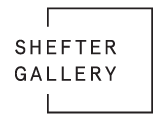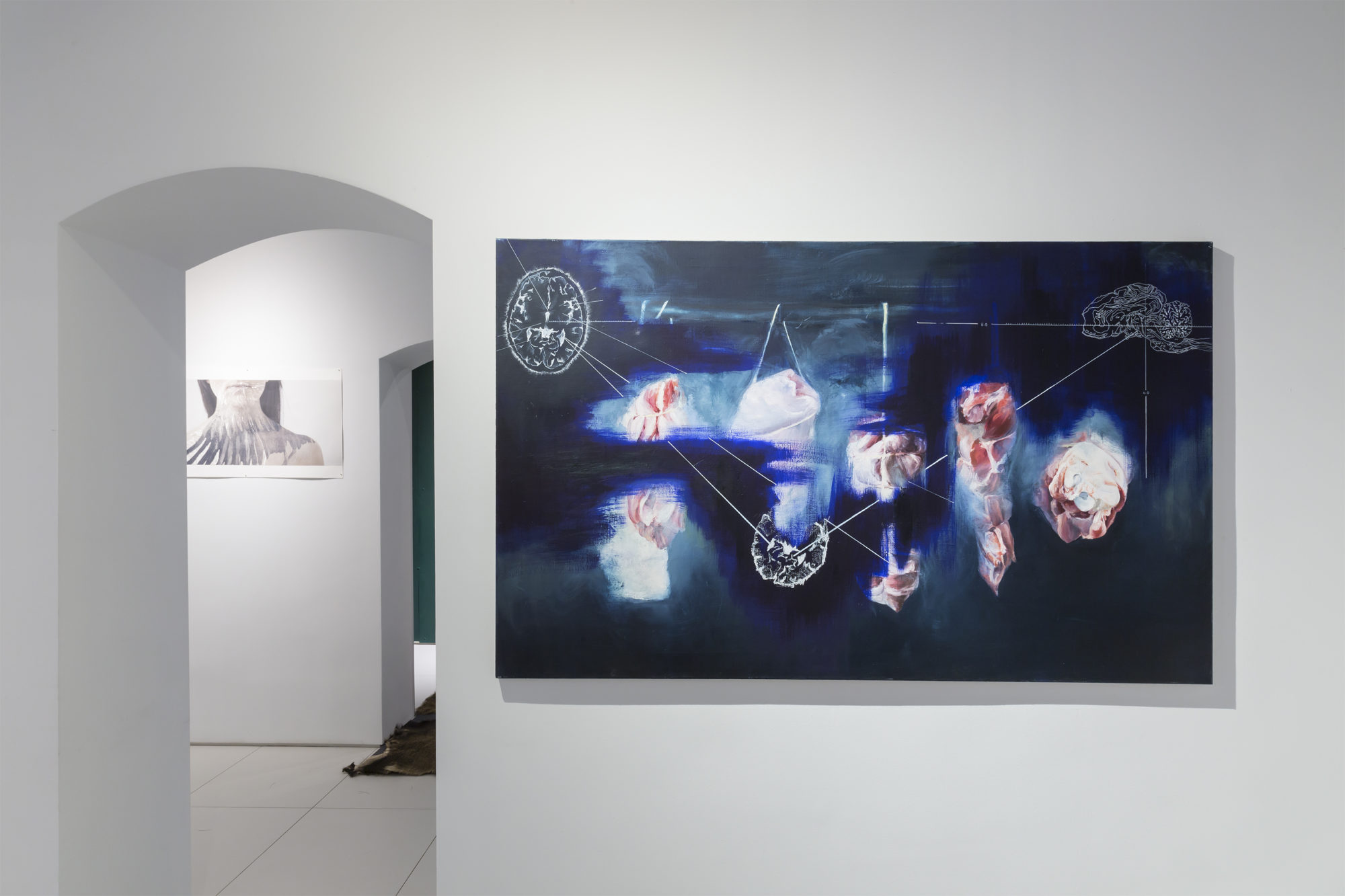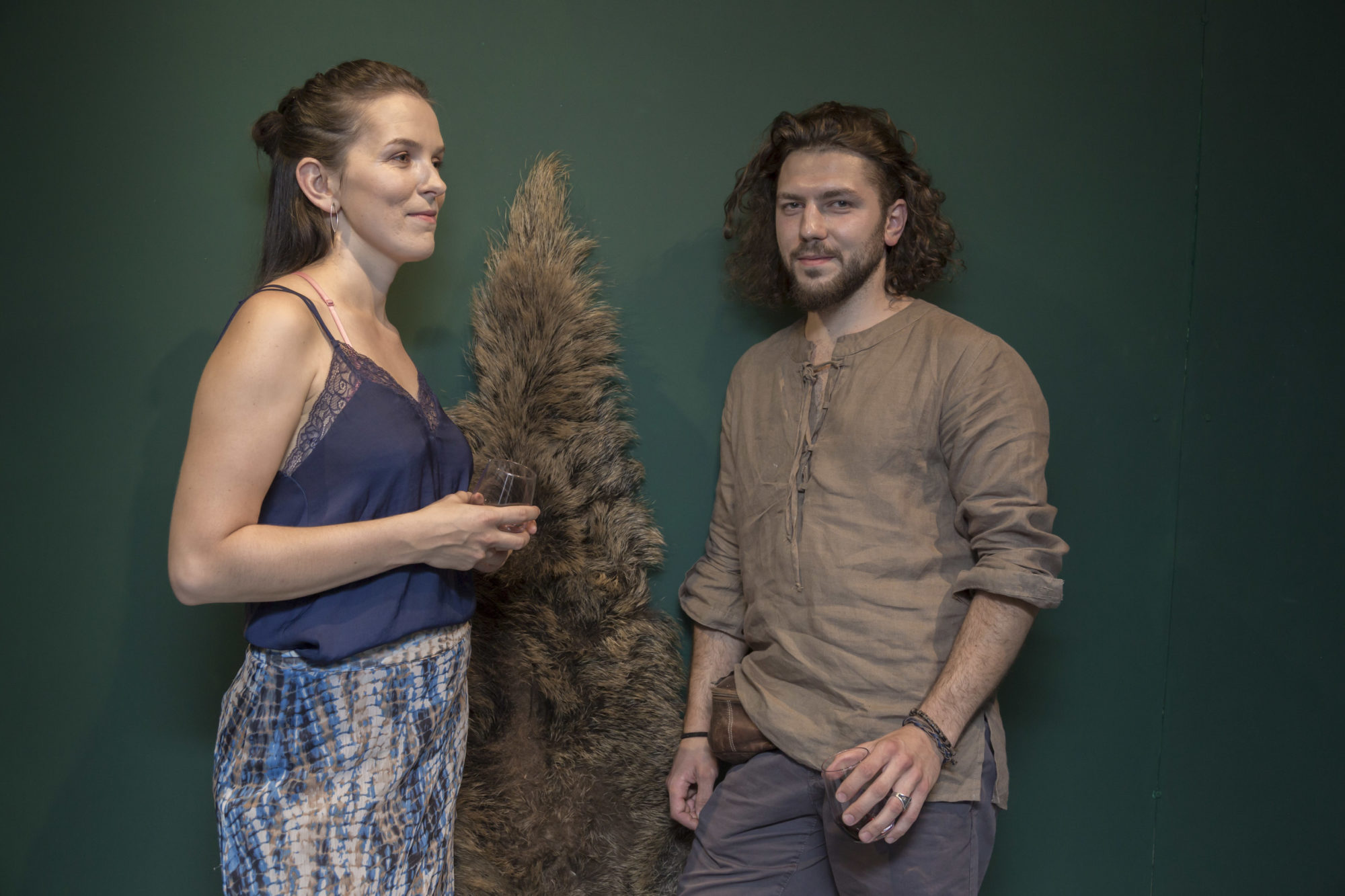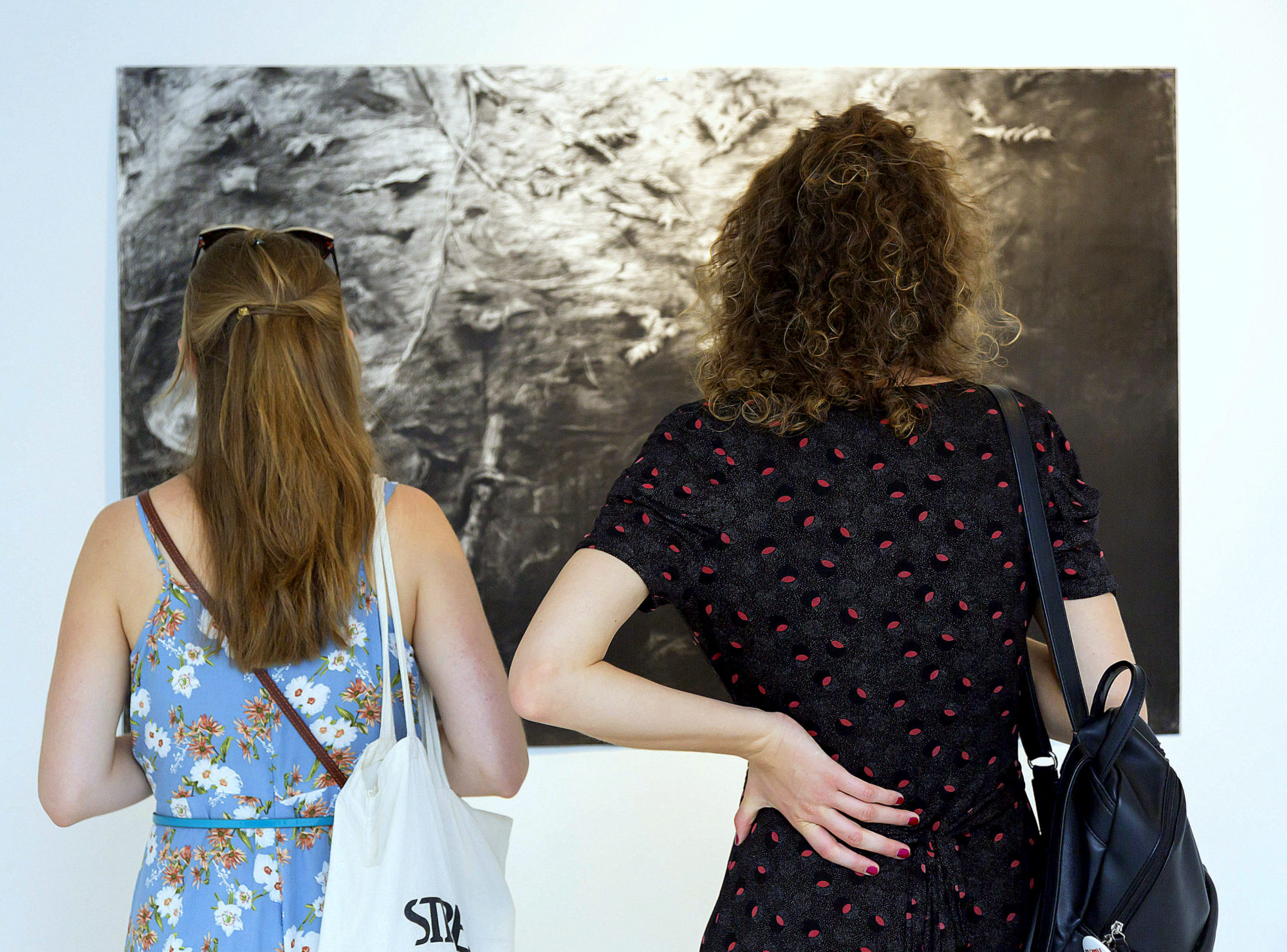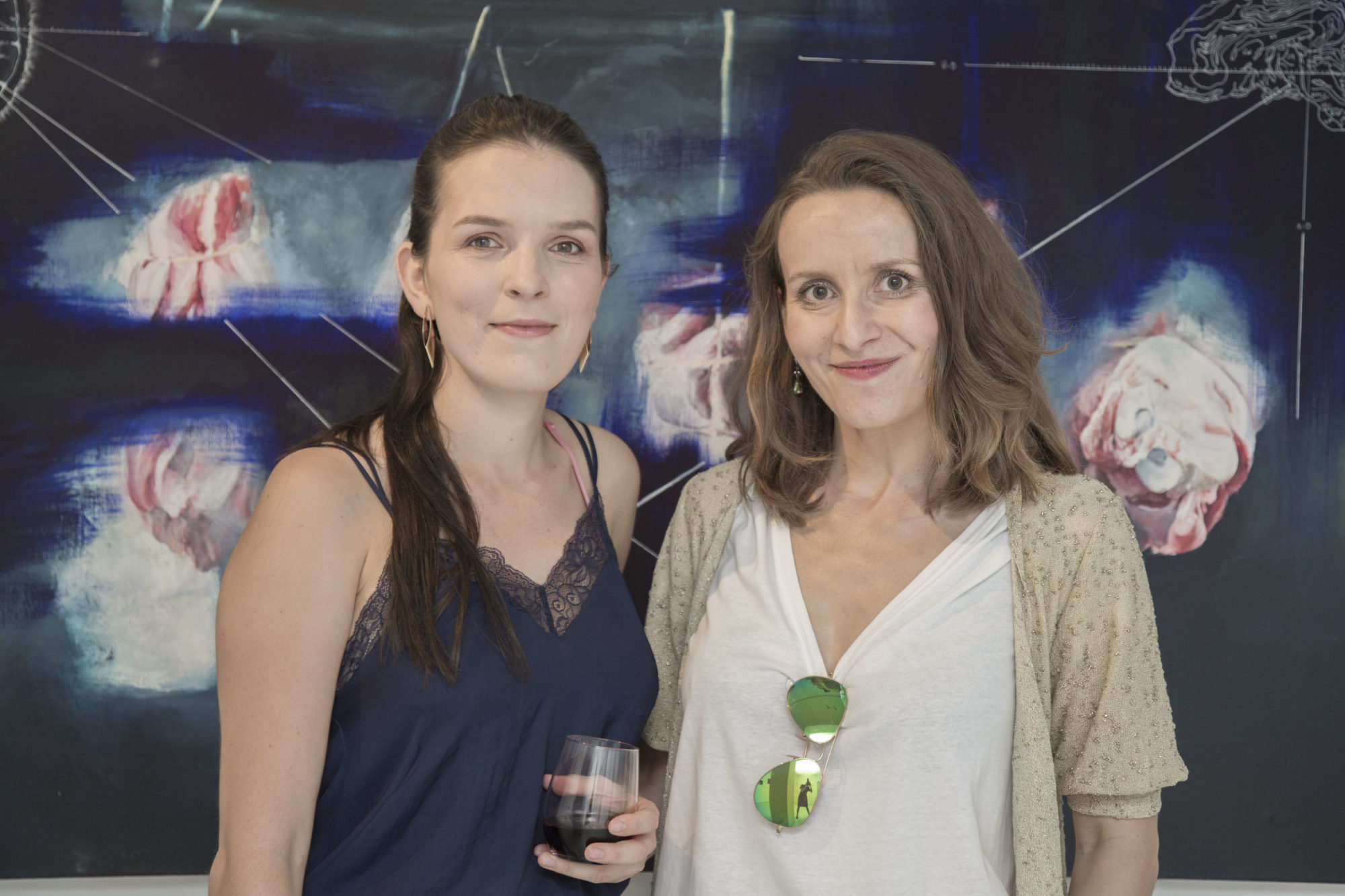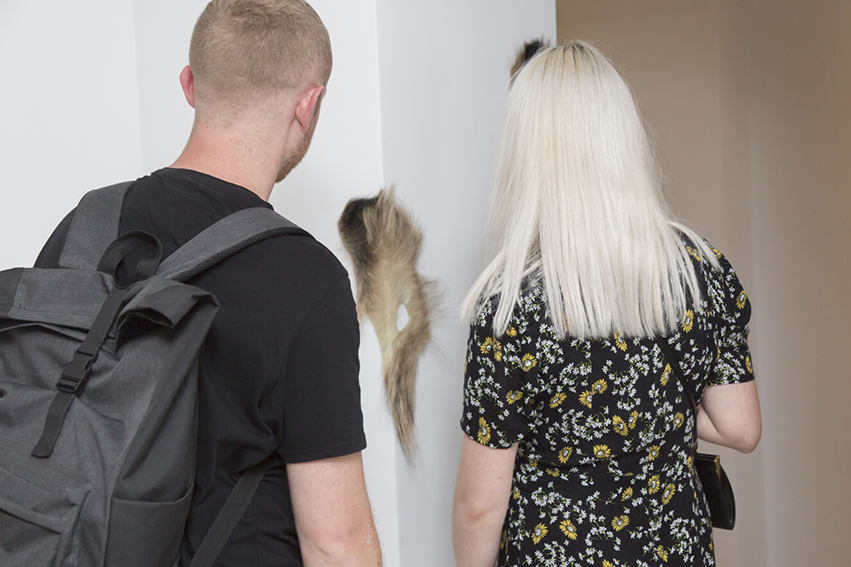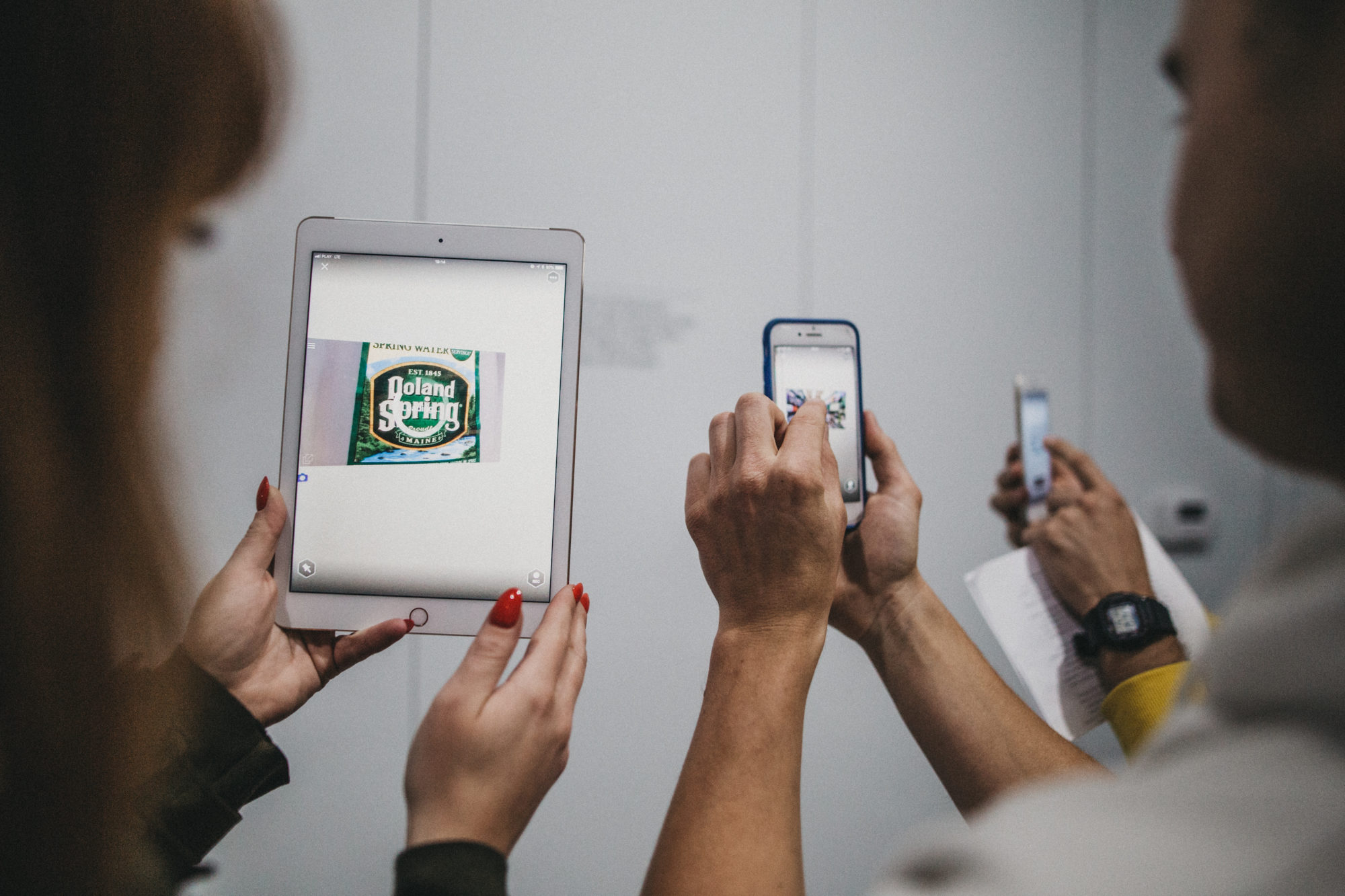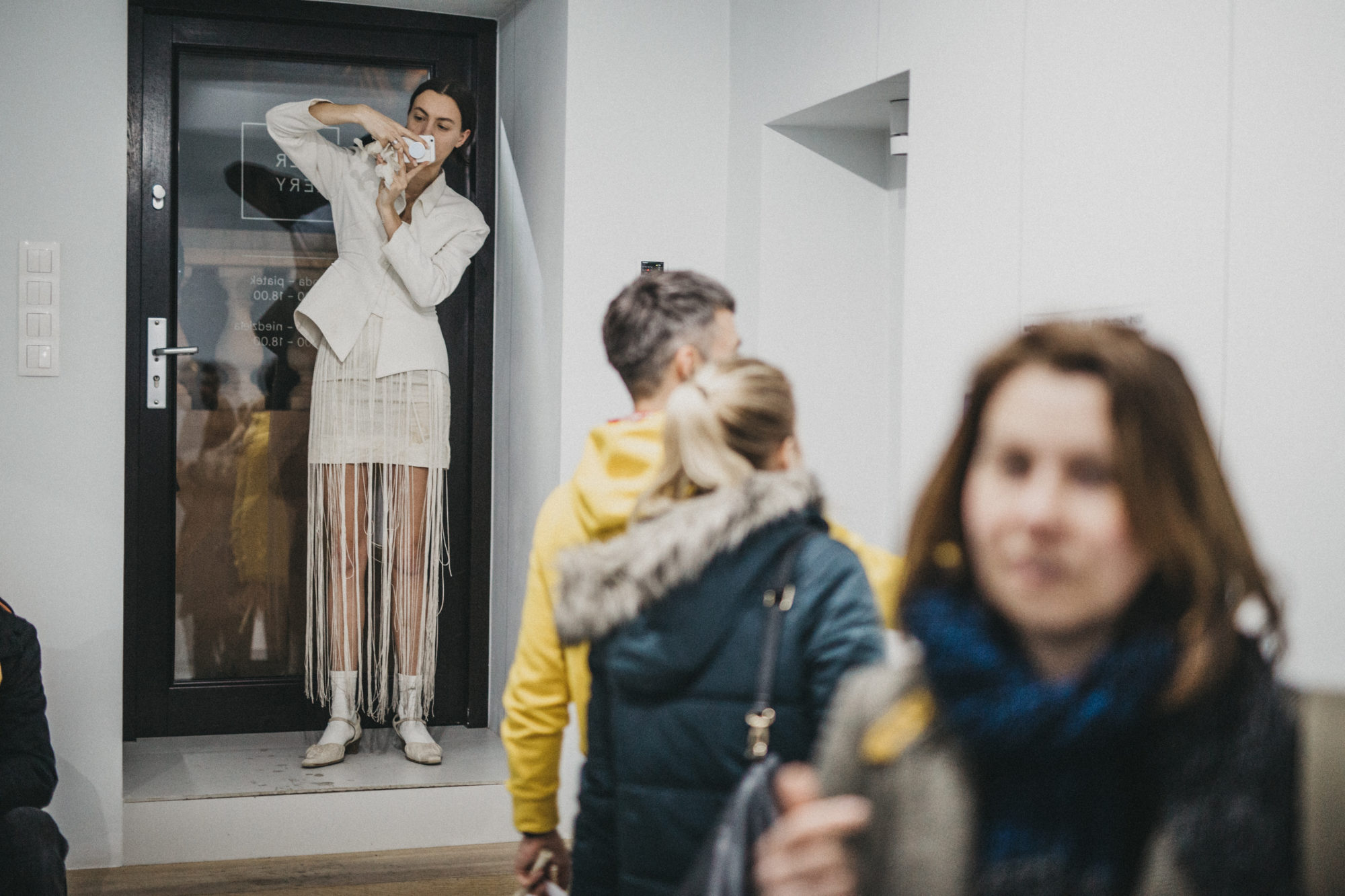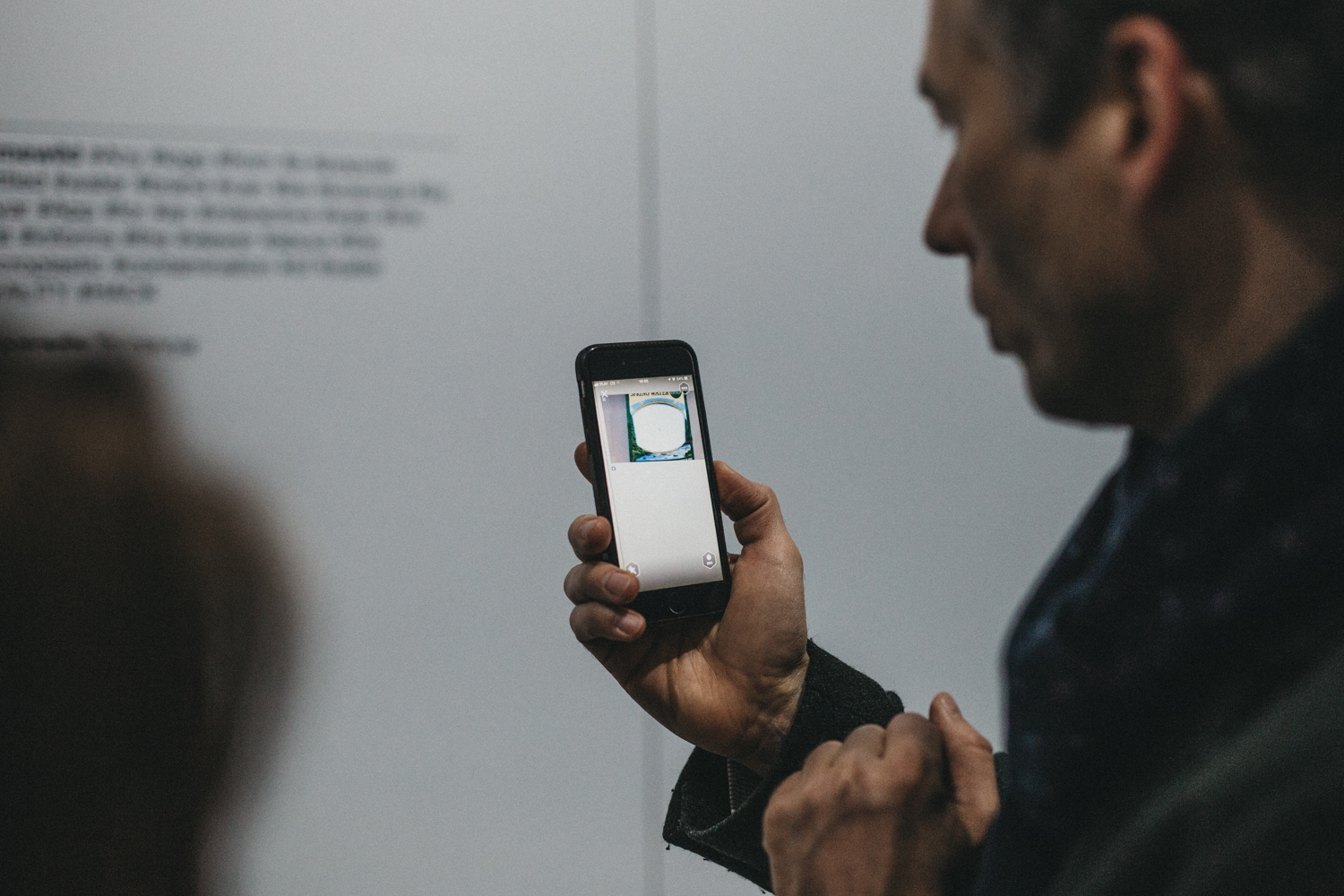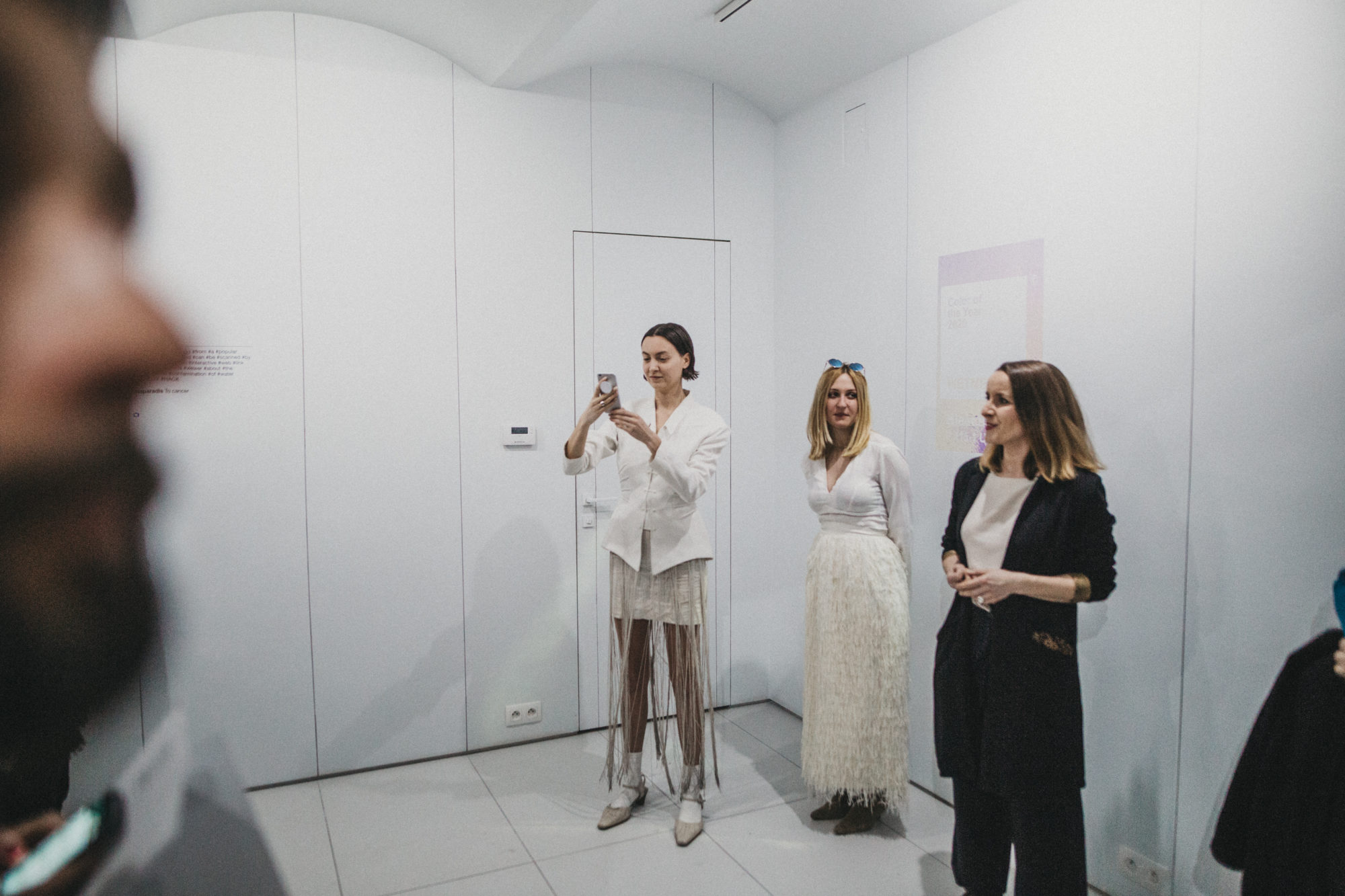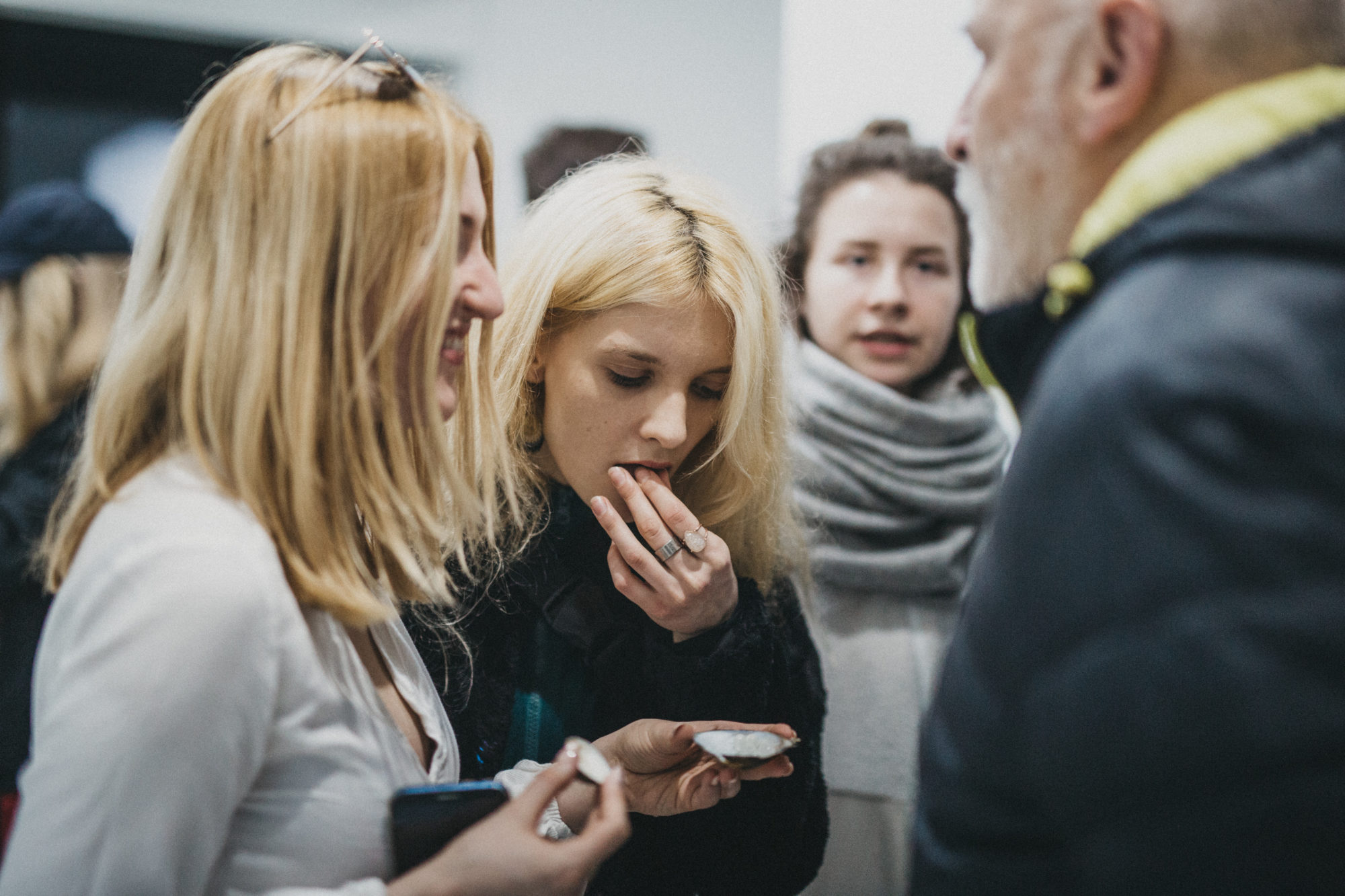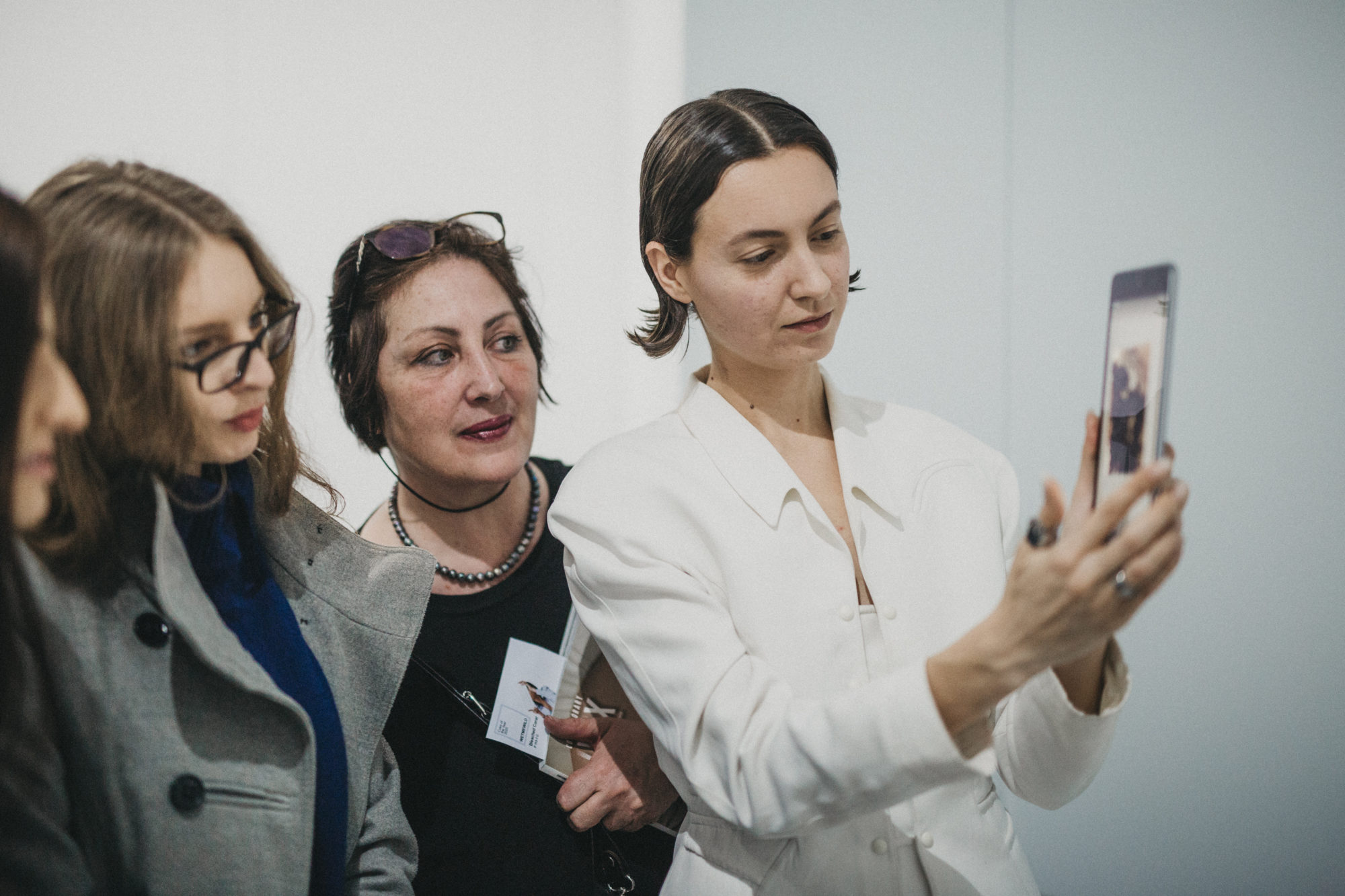Soda Zen Resort, The Promised Land and WetMeWild P115-1-U as symbol like spaces and incarnations of artistic intuitions.
Agnieszka Gołębiewska

At Shefter Gallery, we absolutely believe in artistic intuition and we know that we need to listen to artists. We all await, with hope and curiosity, a new order, new solutions and our new forms of contact and artistic activities. Let us admit in our hearts that this solstice has long been brewing. Art has spoken to us, sometimes warned us for a long time.
We would like to remind three exhibitions organized at Shefter Gallery, which have touched in a special way such intensely bothering us today phenomenons as health, purification, contact with and destruction of nature, awareness of our own body, access to drinking water and the presence of microplastics in it.
Shefter Gallery has welcomed the year 2020 with the motto of minimalism and purification. Sculptor and visual artist from Cracow, Kaja Pilch, presented her art installations and sculptures which create a garden or SPA-like environment. The exhibition “Soda Zen Resort” perfectly sensed emerging moods, and who knows, maybe at least symbolically, has slightly delayed the not-so-distant threat. Sculptures covered with the author’s mixture of soda purified the air and wood installations from eco-friendly, recyclable materials diffused relaxing essential oils.
From the curator’s text:
”[…]We are burning and drowning. We need new solutions today. Kaja Pilch suggests redefining the approach to art. With an overabundance of everything, from artificially created needs, to waste dumps and sorting plants filled with intact materials, a ‘reset option’ seems to be the most appropriate. As one Slovenian philosopher says, in order to think anew, you need desperation, despair and hopelessness. If we have already reached this point, then we can at least take a walk in the soda zen garden. Almost zero waste.
Both literally and in the symbolic sense, all of us (not only in Krakow) need purification.
In September last year, Sylwia Solak in turn presented the “Promised Land” with the paintings, drawings and an installation made of real boar fur, which by hunters is regarded only as waste. The artist asked us about our attitude towards animals and nature, their exploitation, consumption and poisoning. She talked about our status as victors and conquerors, colonizing the land allegedly given to us. How ironic it sounds from today’s perspective:
“[…]We eat more and more meat, choke oceans with plastic, buy and consume without moderation, as if we perversely wanted to see visions of the film apocalypse come true.[…] In science-fiction movies, we often see the same repetitive pattern: when all the technologies that have been giving people a sense of power over the world fail, people return to nature, seeking shelter in it. Today, tired of civilizing and colonizing nature, we are coming back to it, including the forests which we once left. We are part of nature, even if for many of us it is present only in the form of Windows wallpaper. We depend on it and always, eventually, we are looking for a remedy for an excess of civilization in the wilderness.
The exhibition “WetMeWild P115-1 U” of Justyna Górowska, or rather of the incarnation of the artist, berehynia WetMeWild, a Slavic nymph living in rivers and forest streams, presents herself in a very sensual way both alive and in photographs available only after scanning the hashtags imitating Instagram frames, was a kind of warning. The exhibition really took place in augmented reality technology, which was also one of the berehynia pixie ploys.
Today, when the foundations of our demanding redefinition world seem seriously weakened if not fragile, we look at all our sins. For years, a huge problem has been the access to drinking water on the one hand and on the other poisoning it by a microplastic, which then penetrates our bloodstream and affects the hormonal balance. And Justyna Górowska deals with these problems among others. The P115-1 U number refers to the Panton color number that announced 2019 as the year of a living coral reef. In nature, being less and less pink and fading from plastic and other waste thrown into the water.
The exhibition curator Ania Batko wrote:” P115-1-U is a world of proximate future. A laboratory but also a slightly ambivalent boudoir belonging to a Slavic berehynia, who exists as if she was not. She might be a water-delivering water nymph or a groaning apparition, not unlike that in J.K. Rowling’s novel, crying in the bathroom. A Slavic nymph spinning a tale of environmental degradation and of a drinking water crisis. She might take the guise of and might play with the mechanisms and aesthetics of global corporations.”
Waiting for what will emerge after this crisis, we can only trust, thus: be sure that it is art what will save us. As Arnold Scharzenegger said travestying his iconic character: “We’ll be back. We will get through this together. “
Let’s take care of ourselves and see you.
1.
Kaja Pilch
Soda Zen Resort
18.01.-15.02. 2020
Curator: Agnieszka Gołębiewska
2.
Sylwia Solak
The Promised Land
31.08.-27.09. 2019
Curator: Agnieszka Gołębiewska
3.
Justyna Górowska
WetMeWild P115-1 U
22.03.- 17.04. 2019
Curator: Ania Batko
